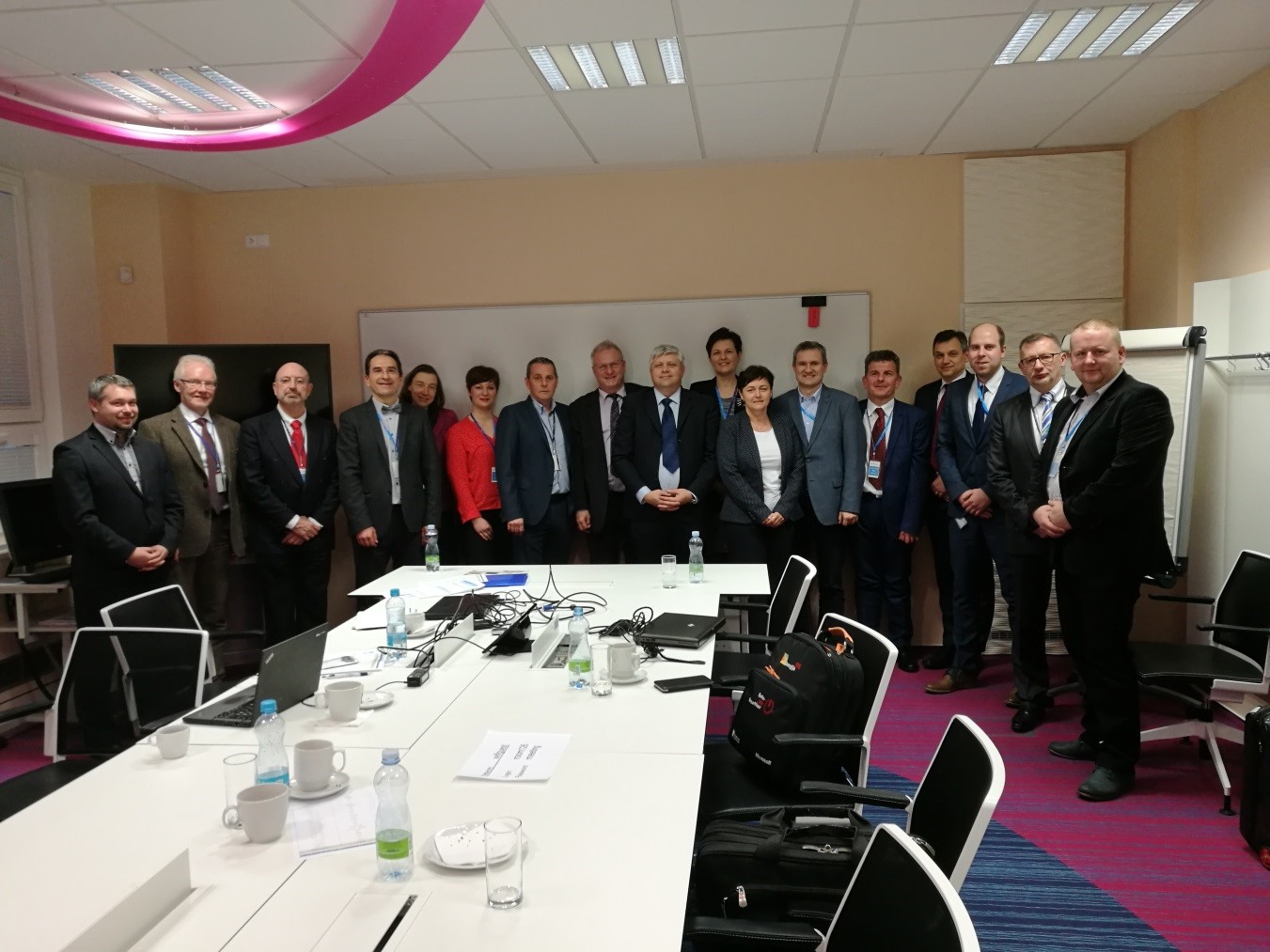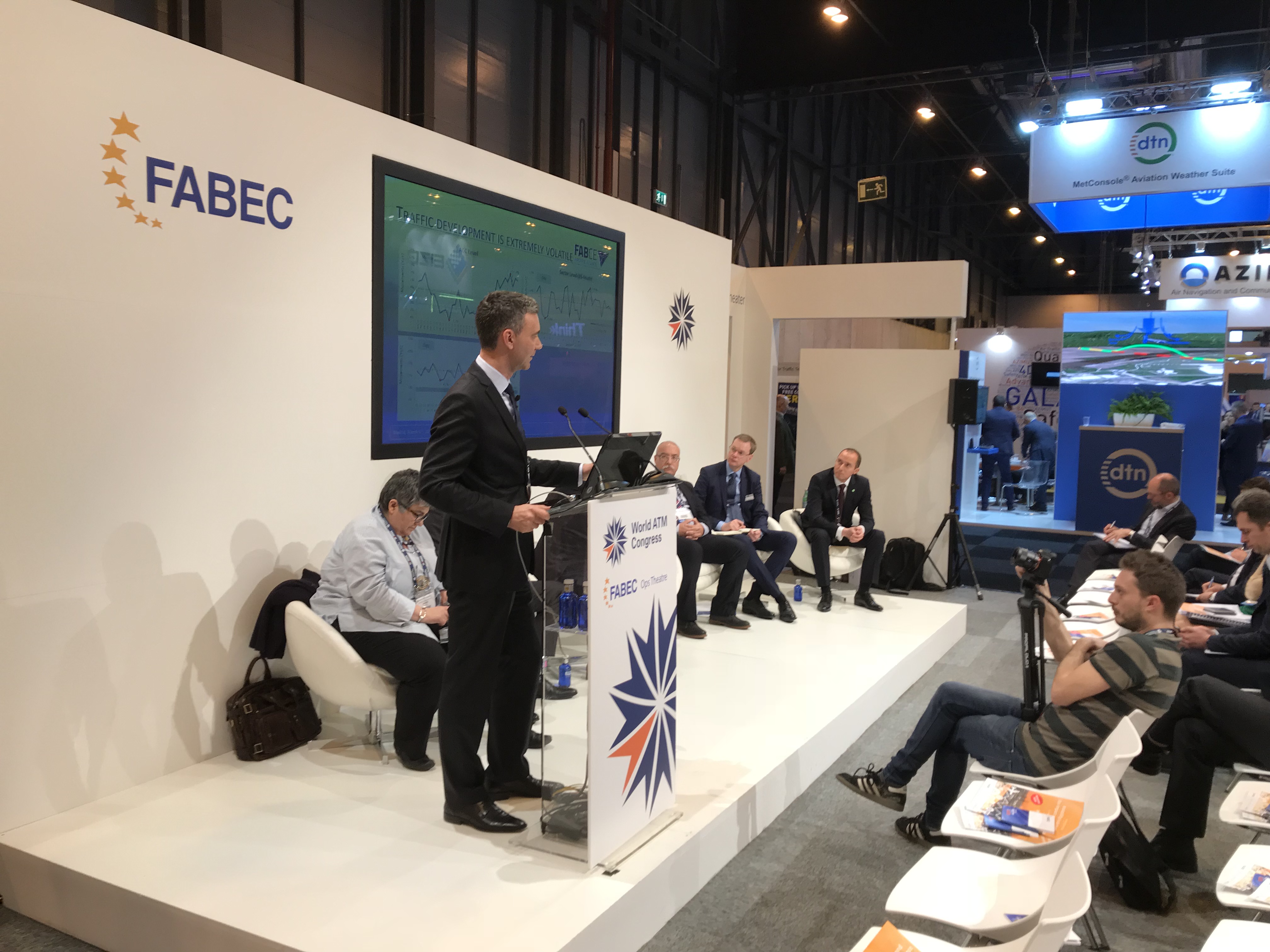FAB CE News

The traffic challenge of the next few years and a possible common approach to developing agreements on controller working conditions, retirement age and fatigue risk management were some of the key workforce-related issues debated at the most recent social dialogue (SD) meeting held on April 12 in Prague.
During the World ATM Congress in Madrid FAB CE Airspace Alliance launched a new video, highlighting the most significant achievements and benefits. The video has now been made available on our website.

A FAB CE NSAs Workshop on ATM Security Oversight, initiated by the FAB CE NSA Coordination Committee, took place in Prague dated 20-21 February 2018 and was chaired and hosted by the Civil Aviation Authority Czech Republic with kind support of Eurocontrol.

FAB CE’s pioneering work to deliver functional airspace block ATM performance improvements was on full display at this year’s World ATM Congress in Madrid, which took place between 6 and 8 March.

From 1 March 2018 FAB CE has a new look, a new website, a new newsletter and a range of new ways of presenting our plans, challenges and achievements to our stakeholders. We have a new logo which reflects the more integrated approach of the seven Member States to providing Single European Sky benefits to our airspace users. Come visit FAB CE at the World ATM Congress in Madrid!

FAB CE controllers safely handled 2,153,000 flights in 2017, an increase in 4.5% over the previous year, according to the most recent figures from Eurocontrol.
Page 22 of 41
